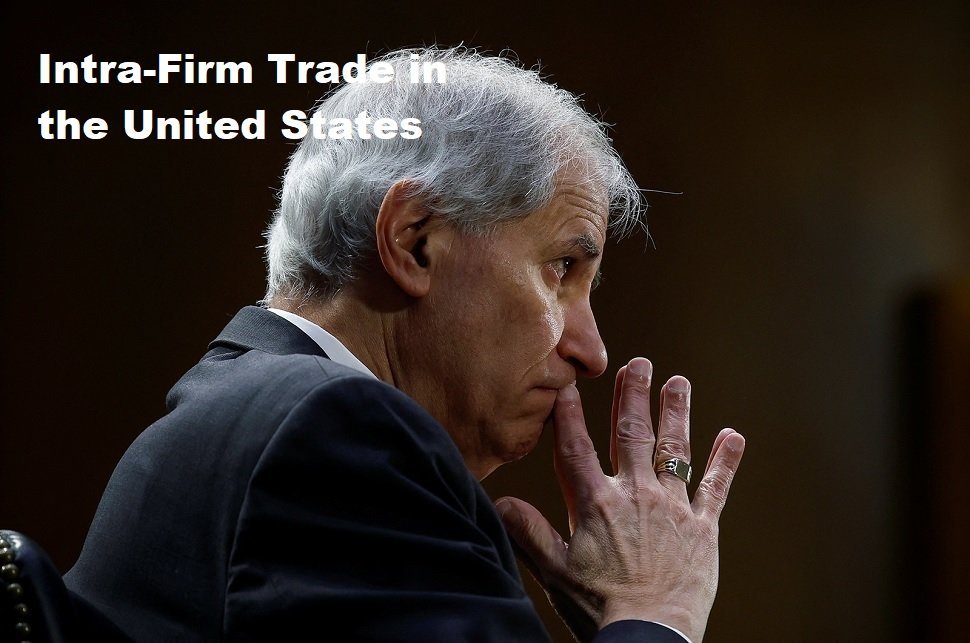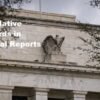Share suspension is a policy known in the capital market, where trading in a company’s shares is temporarily suspended by the stock exchange authority. This is usually done to protect investors and avoid price manipulation. Suspension can occur for various reasons, such as a significant issue related to the company, an important announcement that will soon be revealed, or suspicion of insider trading. The suspension mechanism in the capital market is carried out by the stock exchange authority. Exchange authorities have the authority to suspend trading in company shares if they see the need to protect investors or ensure fairness and transparency in trading. This process usually begins with an analysis by the stock exchange authority of the company’s situation and market conditions. After that, the stock exchange authority will announce the suspension of shares and provide information to the public and related parties.
The impact of suspension on the company is quite significant, because this can affect the company’s reputation and value in the eyes of investors. During the suspension period, shareholders cannot sell or buy shares, so liquidity decreases. This could also impact a company’s ability to raise new capital through the sale of shares or bonds, as investor confidence declines during the suspension period. For investors, the suspension of shares also has quite a big impact. One of them is temporarily freezing their investments, which can cause concerns about the company’s financial condition. Market participants may also face difficulties in making investment decisions during the suspension period. Therefore, it is important for investors to continue to monitor company developments and market news, as well as consult with experts before making investment decisions involving shares of suspended companies.
The company’s fundamental reasons
The first fundamental reason that causes a company’s shares to be suspended is poor financial performance. Poor financial performance can include decreased revenue, decreased net income, and decreased company assets and equity. This condition can result in concerns about the company’s ability to meet its financial obligations, both short and long term. As a result, investors will feel uncertain and wary, so that share prices will become unstable. The capital market authority finally took the decision to temporarily suspend trading in the company’s shares to protect investors.
The second reason is weak corporate governance. Poor corporate governance is an indication that the company is less professional in running its business. This can include conflicts of interest between management and shareholders, non-compliance with regulations, and unethical practices. The capital market authority will assess this governance behavior as a potential risk for investors and the stability of the stock market as a whole.
Violation of capital market regulations is the third fundamental reason that can cause a company’s shares to be suspended. These regulations were created to maintain balance and fairness in the stock market, as well as protect the rights of investors and market participants. However, if a company violates these rules, for example not complying with provisions regarding financial reporting or engaging in insider trading, the capital market authority will take firm action by temporarily suspending trading in the company’s shares until the existing problems are clarified or resolved.
Issues about the credibility of the company or management can also cause a company’s shares to be suspended. Negative issues surrounding a company or its management, such as corruption scandals, fraud, or other illegal business practices, can endanger the company’s reputation and integrity in the eyes of investors and the capital market. The capital market authority will then take anticipatory steps by suspending trading in the company’s shares in order to protect the interests of investors and the capital market until the issue can be resolved or clarified. During the suspension period, companies need to work together with the relevant authorities to resolve the problem, so that share trading can resume and investor confidence can be restored. This firm action from the capital market authority can also be a lesson for other companies to always maintain their credibility and integrity in running their business so that share trading activities in the capital market remain healthy and fair for all parties.
Technical reasons for stock trading
One of the technical reasons in stock trading that causes a company’s shares to be suspended is suspicious trading activity, such as price manipulation. Price manipulation is an action carried out by certain parties to influence stock price movements to suit certain desires. This usually happens when market players deliberately fry or make stock price movements that are not based on the company’s fundamental conditions, thereby outwitting investors and other traders.
The second reason is unnatural share price fluctuations. Fluctuations in share prices are normal in the stock market, but if these fluctuations occur in extreme ways or are not in accordance with market conditions, they can be considered as a sign of impropriety. These unnatural fluctuations have the potential to harm investors and weaken investor confidence in the market. Therefore, the exchange will take action by suspending trading in these shares to protect investors and maintain market integrity.
The third reason is the very low number of transactions or trading volume. Low volume in stock trading can result in stock liquidity being very thin, making it more susceptible to manipulation and price fluctuations. In this situation, the exchange may judge that the trade is less efficient and does not reflect the true value of the company’s shares in question. In an effort to protect investors and maintain the health of the market, the exchange may decide to suspend trading in such shares.
Apart from these three reasons, there are also other factors that can cause a company’s shares to be suspended. For example, the absence of financial reports or financial reports that are incomplete or do not meet stock exchange standards may be a reason for suspension of stock trading. This reason is important considering that transparent and accurate financial information is an important indicator for investors in assessing the value of a company. Trading suspension can also occur if the stock exchange assesses that there are irregularities or important information that the company has not announced to the public. To maintain the integrity and trust of investors in the stock market, the stock exchange has the authority to suspend stock trading if the company does not meet the specified criteria. In this case, the stock exchange will monitor and evaluate before determining whether the shares can be traded again or not.
Process and recovery from stock suspension
Actions taken by the capital market authority when a share suspension occurs include a temporary suspension of trading of the shares on the stock exchange. This suspension is intended to ensure market stability and integrity and protect investors. The capital market authority will conduct an investigation into the cause of the suspension, such as suspected regulatory violations or the company’s failure to fulfill reporting obligations. During the investigation period, authorities will provide the public with up-to-date information regarding the progress of the investigation.
The company’s responsibility in addressing the causes of suspension is very important to maintain investor confidence. Companies must immediately address issues that are triggering factors for suspension, such as compliance or risk management issues. In addition, companies must also communicate transparently with stakeholders, including regulators, stock exchanges and investors about the steps being taken to resolve the issues behind the suspension.
The application process and requirements for reinstatement (resumption) of shares are carried out after the company has successfully resolved the cause of the suspension and obtained approval from the capital market authority. The company must submit a submission document that includes a progress report on resolving the problem as well as a plan to prevent the recurrence of similar events. The capital market authority will evaluate the document and decide whether it meets the requirements for share resumption. If approved, the authority will determine the date and time when share trading can resume.
The long-term impact for companies and investors following a stock resumption depends largely on how the company handles recovery from the suspension. If the company manages to demonstrate a strong commitment to fixing the problem and preventing similar incidents, the negative impact can be minimized and investor confidence will recover over time. However, if a company cannot deal with problems effectively or repeats mistakes, the negative impacts will continue and have the potential to destroy the company’s reputation and value. In the long term, this can make investors reluctant to invest in the company and affect its financial performance and business growth. Therefore, it is very important for companies to remain focused on maintaining integrity and transparency during the recovery process from share suspension.












